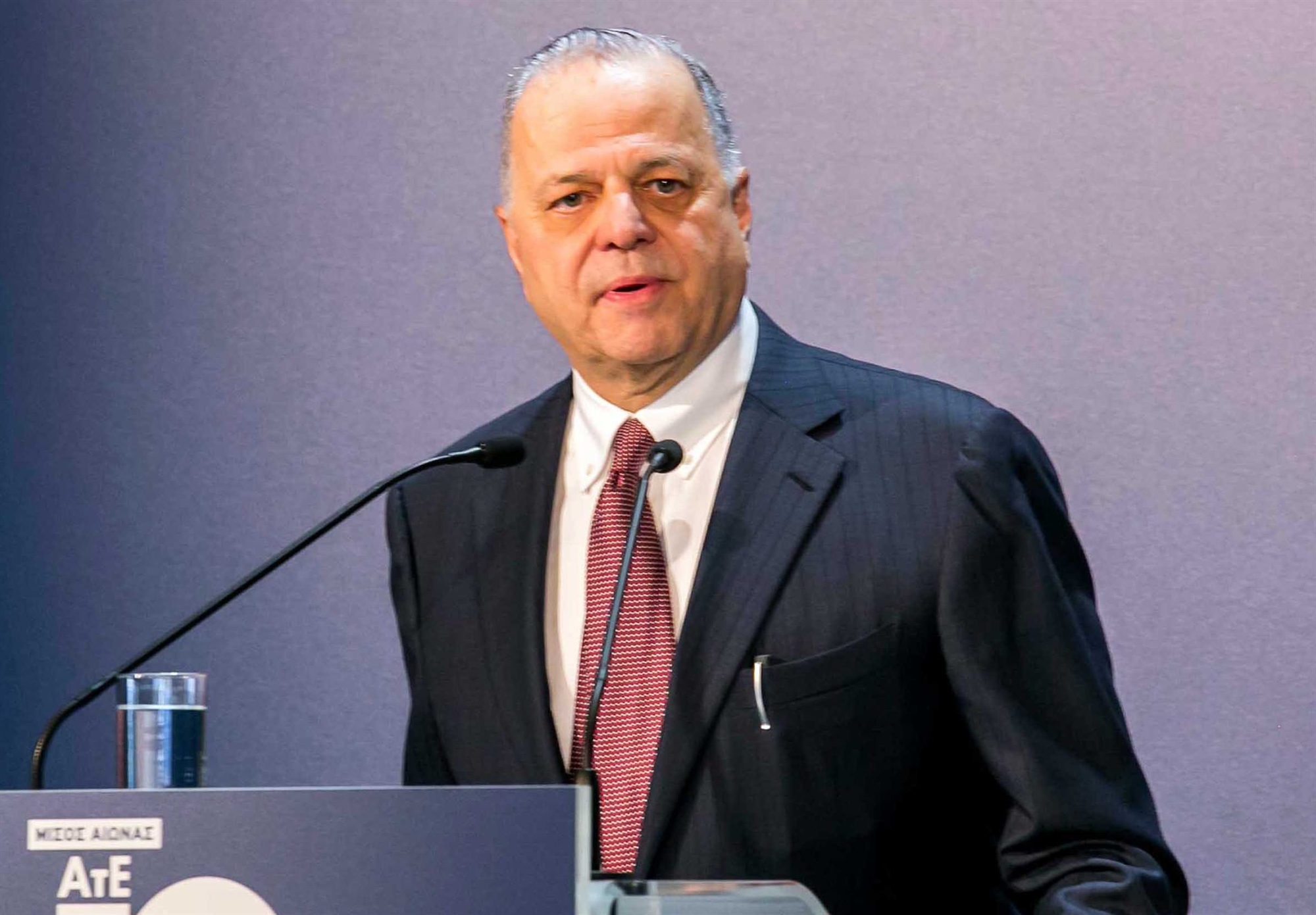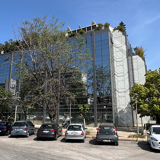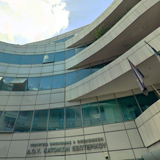The collaboration between the two sides—formally sealed by the signing of a Memorandum of Understanding (MoU) last May in the presence of the Prime Ministers of Greece and Italy, Kyriakos Mitsotakis and Giorgia Meloni—is now entering an acceleration phase. This is evident from the progress made in the project's development and the key developments expected in the immediate future.
According to sources, the recent meeting focused on the roadmap for the upcoming tendering and permitting procedures, which are expected to be launched soon, moving the project closer to the implementation stage.
In this context, the launch of the competitive bidding process for the preliminary seabed survey study is imminent. At the same time, IPTO (Independent Power Transmission Operator) and TERNA are preparing to commission all the necessary studies required for obtaining environmental permits.
Furthermore, negotiations are set to begin between the two transmission system operators regarding the financial aspects of the project, including a joint procurement policy and a detailed preliminary cost assessment.
The project aims to strengthen the existing Greece–Italy electricity interconnection through a new bidirectional submarine high-voltage direct current (HVDC) link with a capacity of 1,000 MW. This new link will triple the current exchange capacity between the two countries’ power systems.
To date, both parties have completed the feasibility studies. The project has been included in the ENTSO-E Ten-Year Network Development Plan (TYNDP 2024) and is a candidate for inclusion in the EU’s 2nd list of Projects of Common Interest (PCI).
Following the current development steps, the next phase will involve drafting the project’s technical specifications and commercial requirements, paving the way for the main tender processes related to the construction of converter stations and the procurement of electrical cables.
This phase will finalize the construction planning for both the cables and converter stations, including the detailed routing and protection studies for both the subsea and onshore sections of the interconnection, as well as the required civil engineering works. The completion of the technical specifications and tendering procedures will lead to the construction phase, involving the building of converter stations in Greece and Italy and the laying of high-voltage direct current (HVDC) submarine cables.
The first official meeting of the Steering and Governance Committee (SGC) set the next steps based on the project timeline as outlined in the MoU signed between IPTO and TERNA in May.















